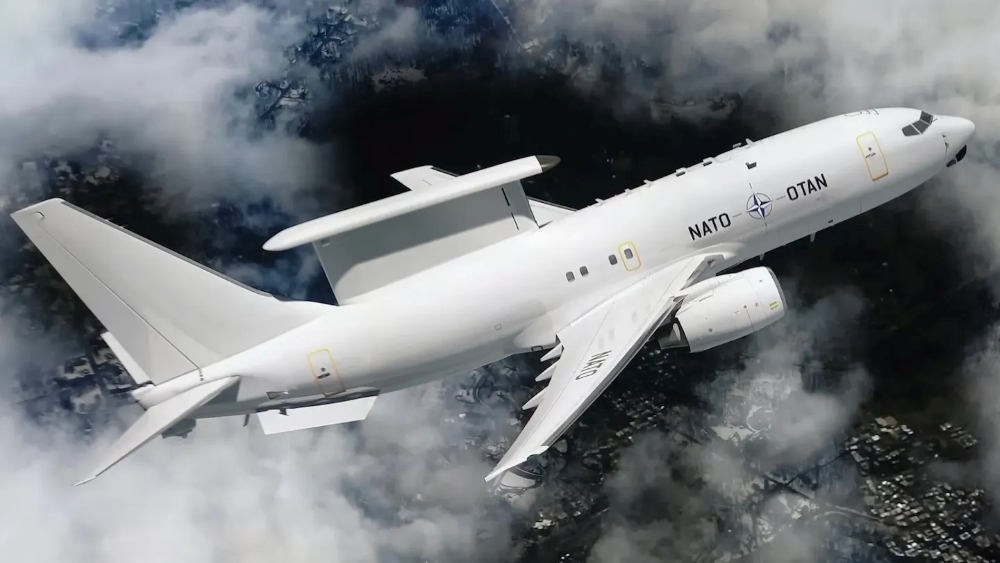
On 13 November, the Ministry of Defence of the Netherlands posted on its website the announcement that “together with a number of partner countries”, it was “abandoning” the planned acquisition of 6 Boeing E-7 WEDGETAIL airborne early warning aircraft in favor of “exploring alternatives”.
The abandonment of the plan has been justified by the USAF’s decision back in July to quit the acquisition, itself a consequence of the Trump Administration’s push to end the US procurement of 26 E-7.
The US withdrawal has led to the “loss of the strategic and financial basis” that underpinned the selection of the E-7 for the NATO AEW&C force, according to the Netherlands.
It should be noted that the USAF abandonment of E-7 is not supported by high ranking officers of the Air Force and, more importantly still, is being actively resisted by Congress, which is mandating, and funding, the prosecution of the project. Congress has added E-7 WEDGETAIL funding even in the Continuing Resolution that ended the recent shutdown of government. The money is going both to continued research and development of the system and to the continued construction of the first pair of “prototype” aircraft.
These are due to be converted for the role in the UK, on the back of the 3 aircraft being prepared for the Royal Air Force. While Boeing is preparing the airframes in the US, in fact, the only active line that is actually integrating the E-7 system is the STS Aviation Group facility at the Birmingham airport, in the UK.
The Netherlands were one of seven partner nations participating in the NATO E-7 purchase, which had been decided and announced in 2023, needed to replace the current E-3A AWACS under the Initial Alliance Future Surveillance and Control (IAFSC) requirement. The E-3A remains aging and in need of replacement and the objective remains to (begin to) replace it by 2035.
The nations have now decided to look for alternatives with the Saab GLOBAL EYE seen as new favorite as the European partners push for a “more European” solution. L3Harris has already signaled it will put forwards its own AEW&C solution, to be installed into Bombardier Global 6500, as picked recently by South Korea. This suite would also be (mostly) common to that found on the CAEW aircraft used by the Italian Air Force, which however are based on Gulfstream G550 airframes.
Northrop Grumman will probably make an attempt with its E-2D HAWKEYE, which within NATO is already used, apart obviously by the US Navy, by the French Marine Nationale as well.
The E-2D has been indicated by the US administration as the intended “stop gap” solution for the USAF needs if E-7 WEDGETAIL is cancelled, with space-based air target tracking as the long term, “final” solution.
As already mentioned, however, this plan is being actively resisted, to some extent by the USAF itself but, more importantly, by Congress which does not believe a space-based solution is mature enough and that E-7 should continue as planned.
The RAF is expected to put its E-7 into service beginning sometime in the new year. Australia recently deployed one of its own E-7 to Europe to help NATO secure Eastern European skies. The aircraft was flown by mixed RAF-RAAF crews.
Follow us on Telegram, Facebook and X.








.png)
